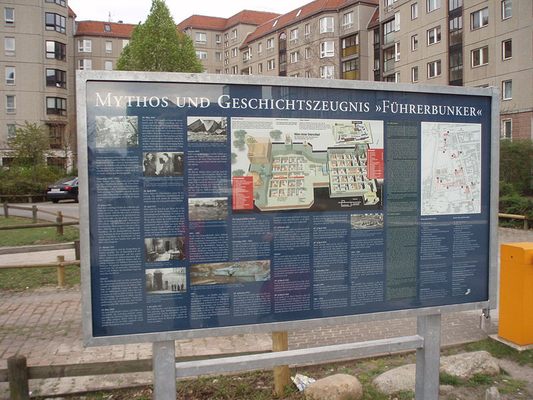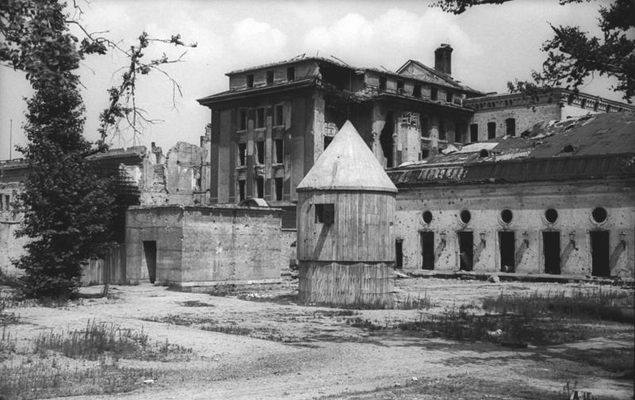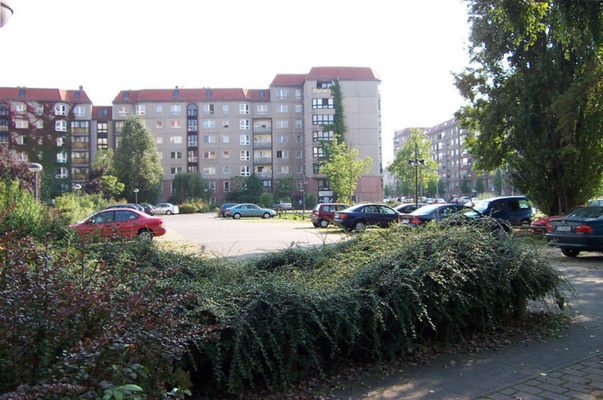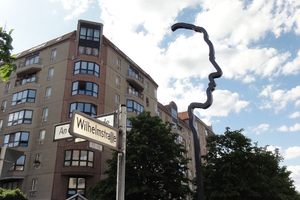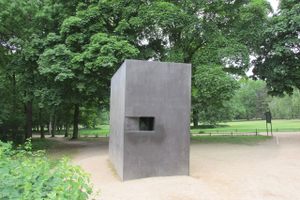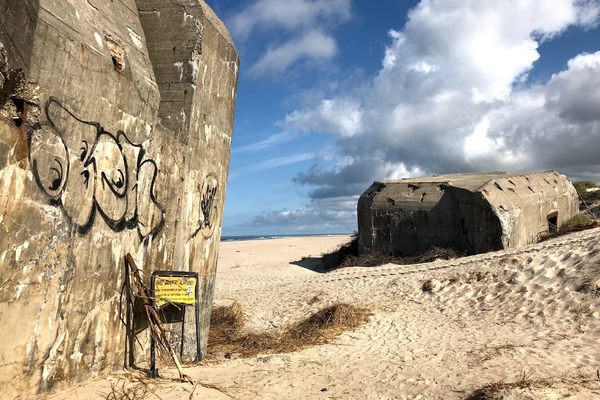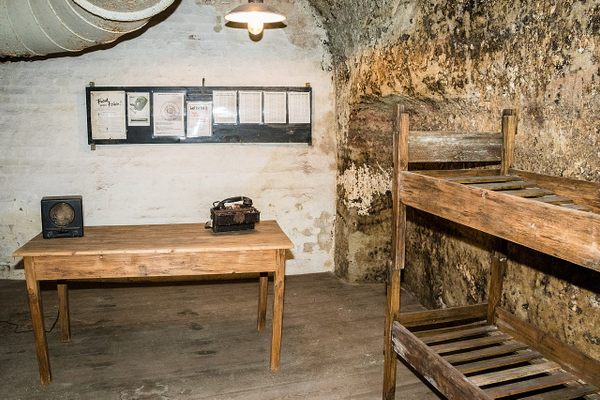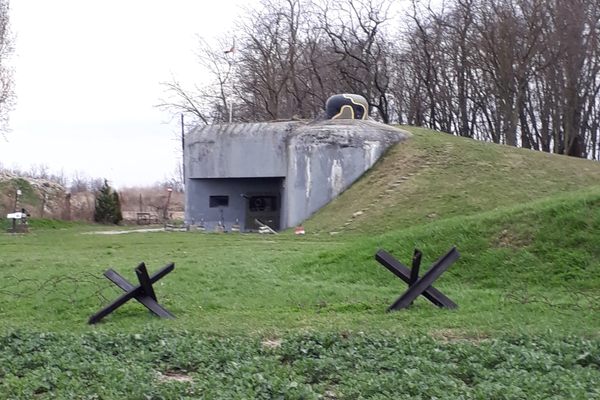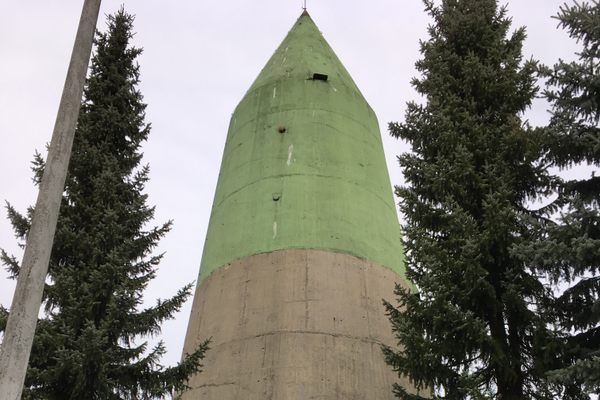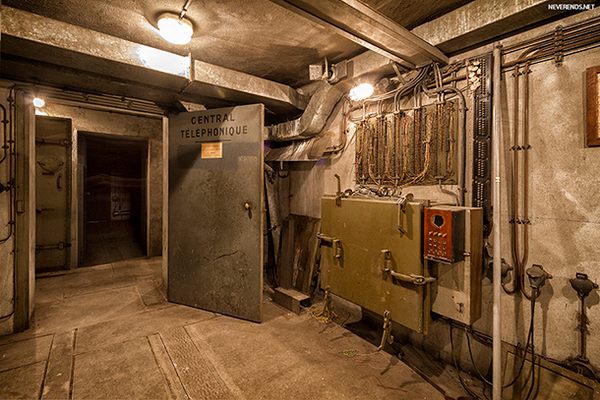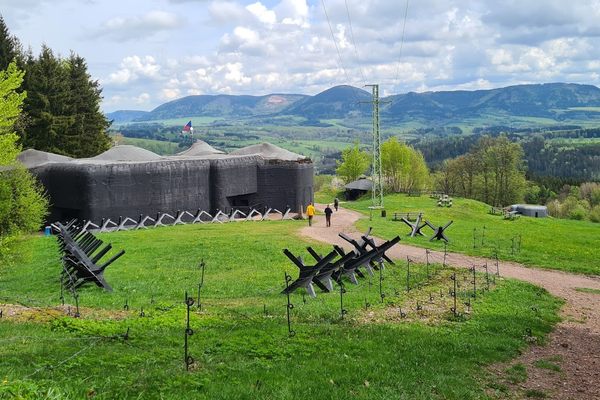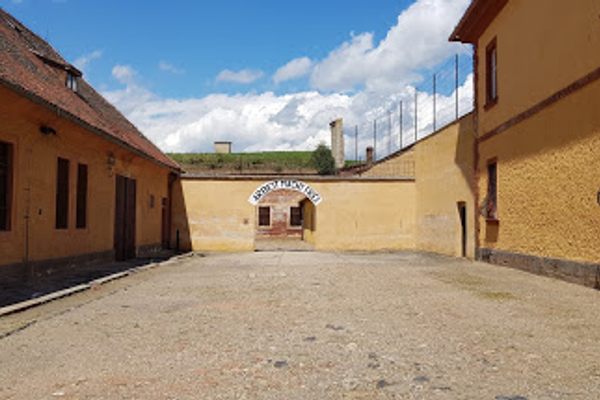About
On January 16th, 1945 Adolf Hitler went underground. Until his eventual death about five months later, he would live in a bunker below the garden of the Reich Chancellery, a site that is now a (purposefully) unremarkable parking lot.
Originally intended as an air-raid shelter, the Führerbunker underground complex was expanded to provide permanent protection for Hitler and other members of the Nazi leadership (Joseph Goebbels and his family would move into the bunker in April of 1945). The finalized Führerbunker was a multistory structure nearly 30 feet below ground and protected by 13 feet of concrete.
Things were already looking dire for the Germans at the beginning of 1945, and the situation rapidly deteriorated, as opposition forces pressed in from all sides towards Berlin. Hitler’s last living moment above ground came on his 56th birthday, April 20th, 1945, when he awarded the Iron Cross to members of the Hitler Youth during a ceremony in the Chancellery garden. That very evening, the Red Army began shelling Berlin’s city center. It was soon clear that all was lost.
On May 1st, 1945 Grand-Admiral Karl Donitz, who served as Commander-in-Chief for northern Germany would make an announcement on Hamburg radio that Hitler had died that afternoon, fighting “at the head of his troops.” This statement, although believed by the international press at the time, was false. Hitler had married Eva Braun in a small civil ceremony inside the Führerbunker in the early morning hours of April 29th, right before dictating his last will and testament. Marital life would be short-lived for the couple, who committed suicide at about 3:30PM on April 30th—he by bullet to the head and cyanide, she by cyanide. In accordance with the will, their remains were burned and buried in the garden. Later, Soviet intelligence operatives who discovered the complex would find more than a dozen bodies, including those of Goebbel’s six children, who had also ingested cyanide.
The Soviets razed the Chancellery buildings and also attempted to destroy the bunker, without much luck. The site would sit unused and neglected until after the fall of the Berlin Wall, when development of the area prompted the discovery of several underground sections. These were promptly destroyed, although there is rumor that some rooms (sealed to the public) remain. Not wanting the space to become a Neo-Nazi shrine, the German government kept the location of the bunker undisclosed for many years. Nondescript apartment and office buildings, as well as the parking lot, were erected on the site and the bunker went unmentioned. The space was not officially recognized as the place of Hitler’s death until June of 2006, when a plaque including historical background and a schematic diagram of the bunker was quietly placed at the intersection of In den Ministergärten and Gertrud-Kolmar-Straße.
Related Tags
Know Before You Go
The bunker location and associated information plaque can be found at the corner of In den Ministergärten and Gertrud-Kolmar-Straße
Published
October 1, 2015
